Watch Our Free Herb Spiral Webinar
On-demand Webinar
Discover the benefits of the herb spiral and learn to easily build the best type for your space, with tips on preparing, constructing and planting to create optimum habitat, promoting diversity, abundance and beauty!
Topics covered include:
– Why build an herb spiral
– Dry stack version
– Free form version
– Planting the spiral and filling the niches
– Tips and tricks
The webinar is a short 40 minute illustrated talk that you won’t want to miss with Q&As at the end.
Want to dig deeper?
Check out the chapter on herb spirals in my book Edible Landscaping with a Permaculture Twist
There are many benefits to planting an herb spiral raised bed garden:
- Fantastic year-round edible landscape architecture
- Creates micro-climates for your favorite herbs and veggies
- Easy and fun to build
- Space and water saver
- High productivity in a small space
- Can fit anywhere, even on patios
Why the Spiral?
The garden spiral is like a snail shell, with stone spiraling upward to create multiple micro-climates and a cornucopia of flavors on a small footprint. Spirals can come in any size to fit any space, from an urban courtyard to an entire yard. You don’t even need a patch of ground, as they can be built on top of patios, pavement, and rooftops. You can spiral over an old stump or on top of poor soil. By building up vertically, you create more growing space, make watering easy, and lessen the need to bend over while harvesting. To boot, spirals add instant architecture and year-round beauty to your landscape: the perfect garden focal point.
One of the beauties of an herb spiral is that you are creating multiple microclimates in a small space. The combination of stones, shape, and vertical structure offers a variety of planting niches for a diversity of plants. The stones also serve as a thermal mass, minimizing temperature swings and extending the growing seasons. Whatever you grow in your spiral, it will pump out a great harvest for the small space it occupies. I’ve grown monstrous cucumbers in my large garden spiral, with one plant producing over 30 prize-size fruits. The spiral is a food-producing superstar!
Habitat
Stacked stones create perennial habitat for beneficial critters, such as lizards and spiders that help balance pest populations in the garden. The stone network is a year-round safe haven for beneficial insects and other crawlies that work constantly to keep your garden in balance—and you in the hammock. A little design for them up-front pays big, tasty dividends later.
Planting the Spiral, Filling the Niches
Exposed to the sun and wind, the top of the spiral is great for crowning with Mediterranean herbs, such as rosemary, thyme, and oregano. Coming down the spiral as it faces east and the morning light, we find a good place for more delicate plants, such as parsley and chives. Then around the sunny south and west sides, basil, lavender, and sages will do great. At the low, moist, north-facing side, cilantro and cress will thrive. To maximize the micro-climates, design the low side of the spiral end to face north.
With such a variety of niches, the spirals can be planted with just about anything. It does not have to be for only growing herbs or reserved for areas with lots of sun. Simply maximize on your location and plant interests.
Spirals can graft nicely to surrounding architecture
Posted In: Edible and Ecological Landscape Design

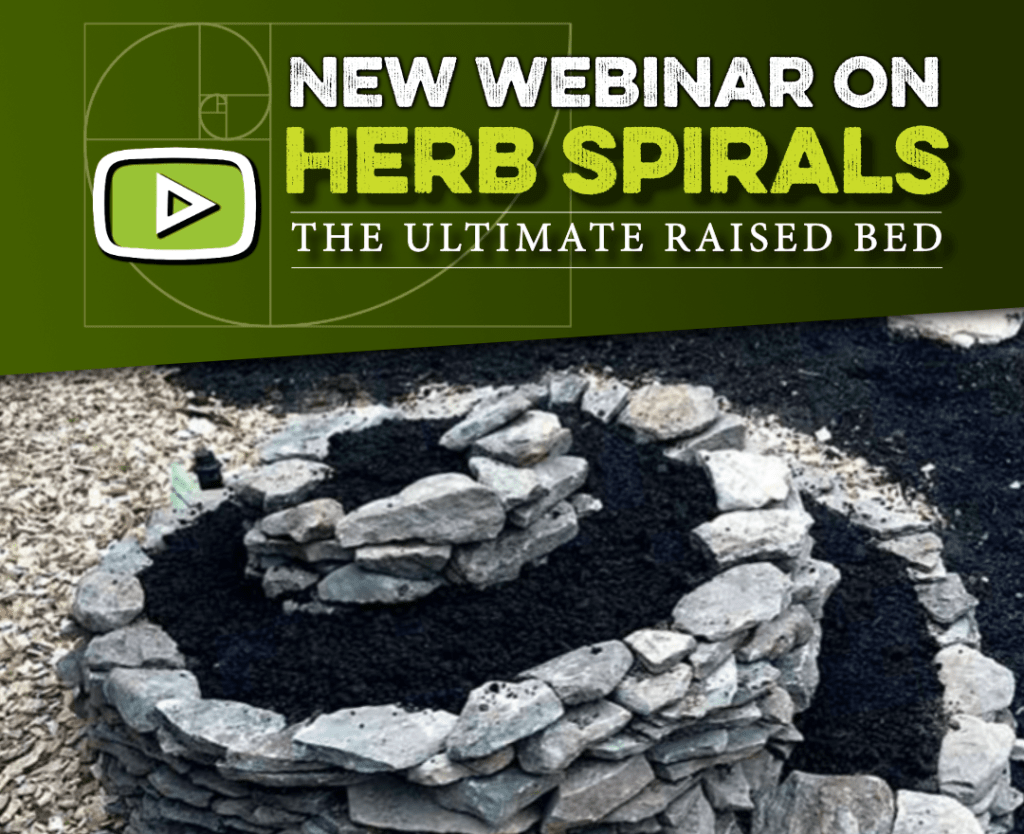

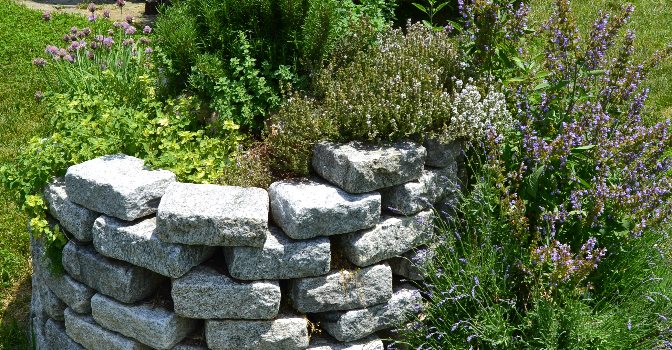

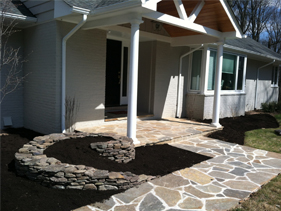
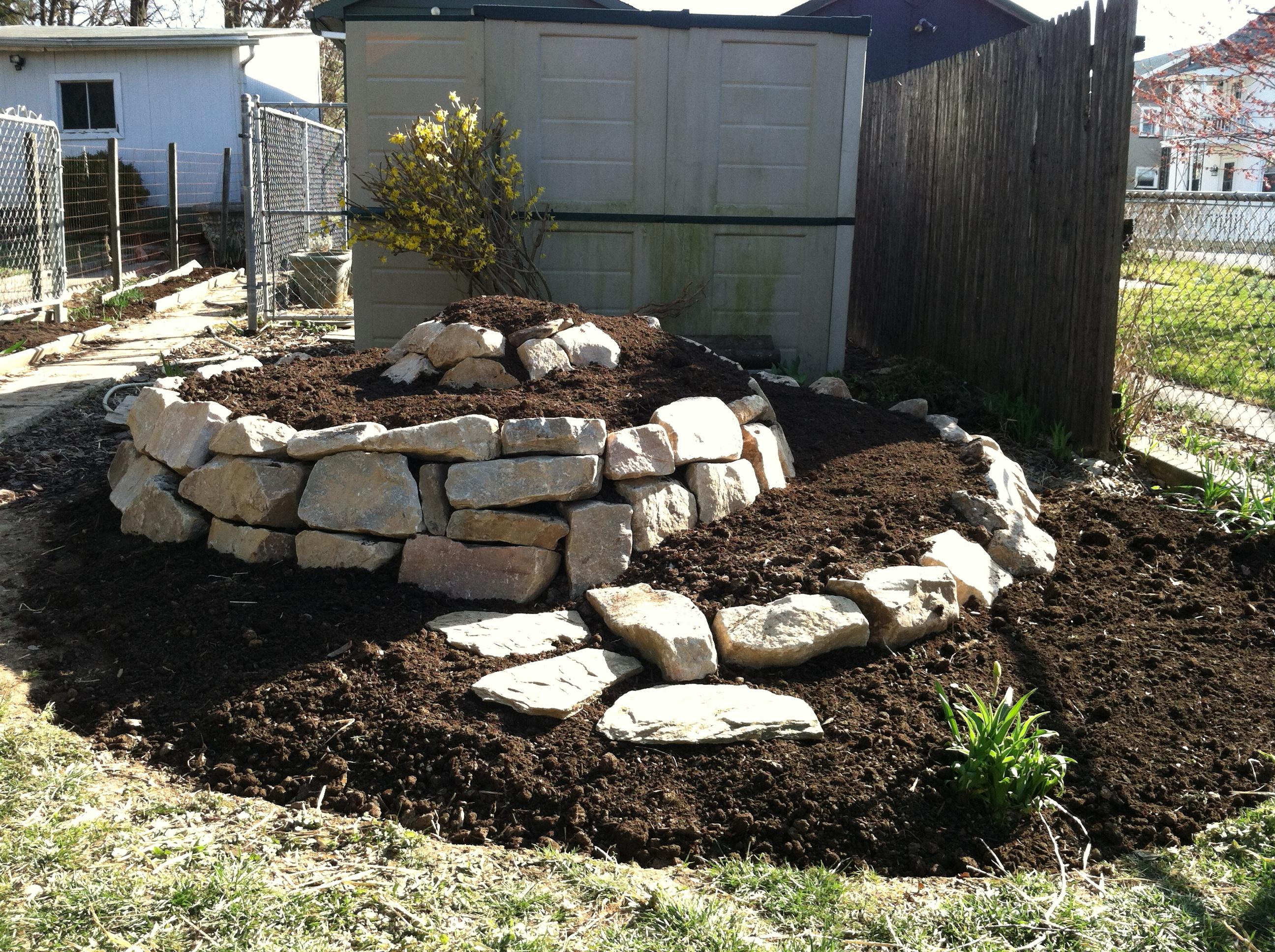
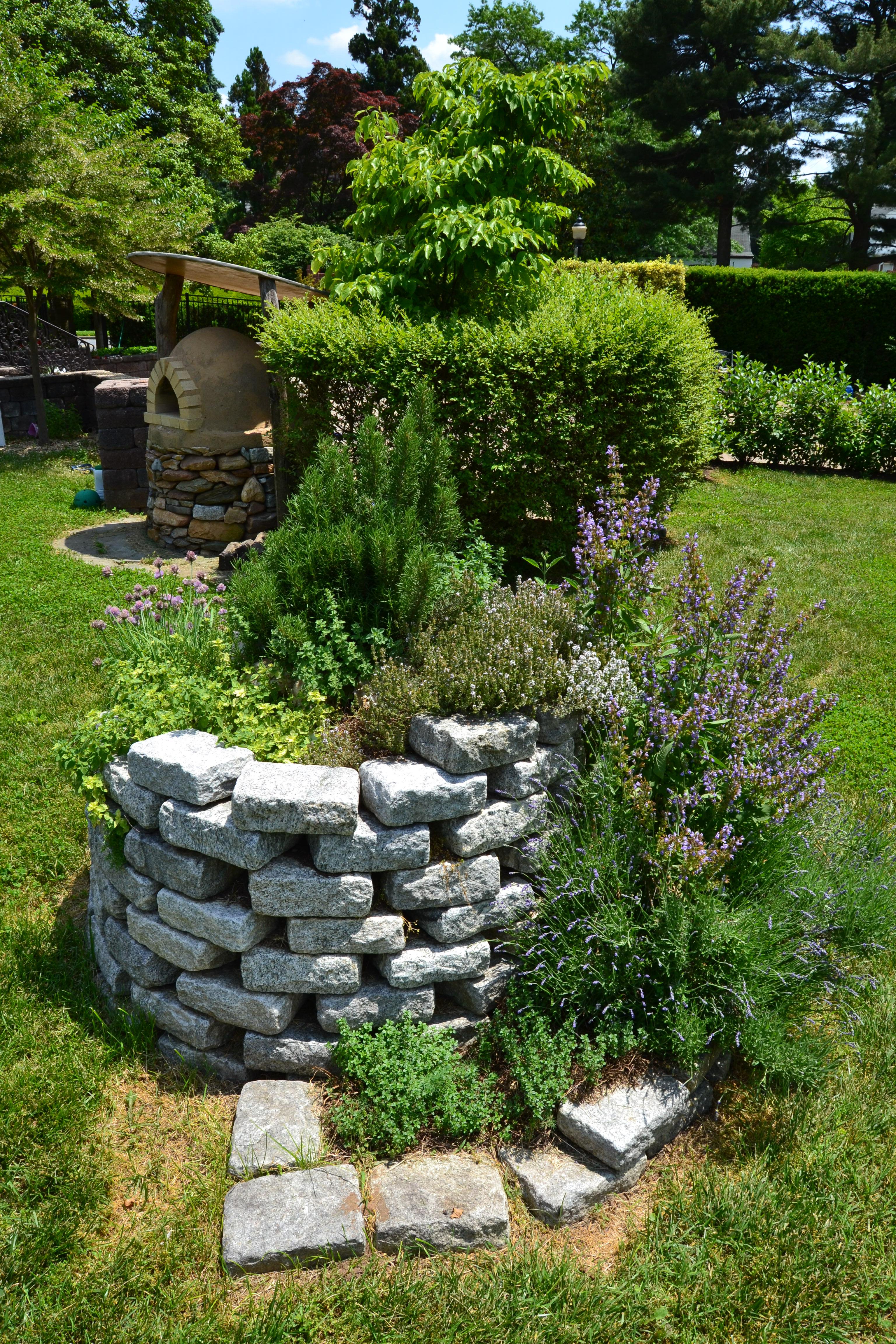
Jeff Reiland
·
Love your work! I am just planning my first herb spiral on a customer project!